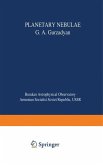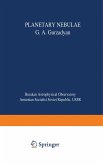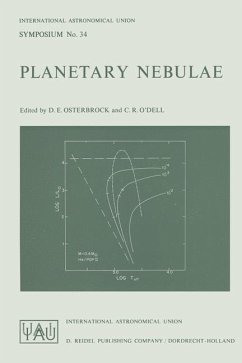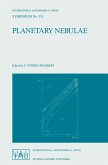Planetary nebulae present a fascinating range of shapes and morphologies. They are ideal laboratories for the study of different astrophysical processes: atomic physics, radiative transfer, stellar winds, shocks, wind-wind interaction, and the interaction between stellar winds and the interstellar medium. In addition, planetary nebulae provide information about the late stages of stellar evolution.
In the last five years studies of planetary nebulae have progressed very rapidly and new phenomena and insights have been gained. This is partly due to new observations (e.g. from the Hubble Space Telescope, the ISO satellite and new infrared and millimeter spectrographs) and partly to the advancement of hydrodynamic simulations of the structures of planetary nebulae (PN). Many of these new results were reported at IAU Symposium 180 in Groningen, the Netherlands, on August 26 to 30, 1996. This symposium was dedicated to one of the pioneers of PN research: Stuart Pottasch.
These proceedings contain chapters on:
The book contains 29 reviews and more than 200 shorter contributions.
In the last five years studies of planetary nebulae have progressed very rapidly and new phenomena and insights have been gained. This is partly due to new observations (e.g. from the Hubble Space Telescope, the ISO satellite and new infrared and millimeter spectrographs) and partly to the advancement of hydrodynamic simulations of the structures of planetary nebulae (PN). Many of these new results were reported at IAU Symposium 180 in Groningen, the Netherlands, on August 26 to 30, 1996. This symposium was dedicated to one of the pioneers of PN research: Stuart Pottasch.
These proceedings contain chapters on:
- Introduction to PN with the basic parameters
- Distances of PN
- The central stars of PN
- The envelopes of PN
- The evolution from AGB to PN
- The evolution from PN to white dwarfs
- PN in the galactic context
- PN in extragalactic systems
- The future of PN research
The book contains 29 reviews and more than 200 shorter contributions.








